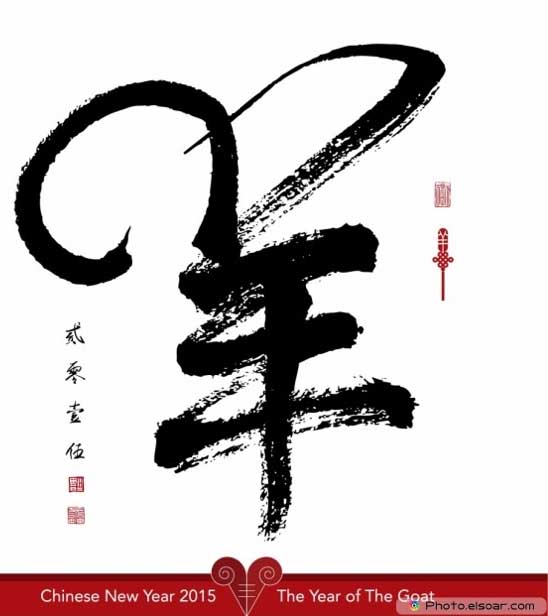Project Life – Bone Marrow Drive
Nathaniel Murry – Editor-in-Chief
Fayetteville State University –SAAC sponsored a Bone Marrow Drive during CIAA Project Life. During the event 274 donors were registered, and that translates to 274 more chances that a patient will find a match.
When we think of blood drives and bone marrow drives, we generally think about giving things from our body, not the increased research abilities and the lives that are prolonged and saved.
Numbers are a very interesting thing. They show the availability of resources, where resources are needed, who is affected by a disease, and how widely that disease has affected the population. Those numbers are important, but the numbers from the Bone Marrow Drive are powerful. They show the amount of people willing to give a little to save another life.
Bone Marrow drives on college campuses mean higher research abilities, lives prolonged and saved, and the ability to fight disease through research and understanding. Fayetteville State University was one of the first institutions to host such a drive, and we hope to be a benchmark for other institutions on a national scale that will create their own Bone Marrow Drives to increase the success of fighting disease.
By participating in a Bone Marrow Drive you are helping fight diseases such as leukemia, aplastic anemia, and sickle cell anemia to name a few. In addition, adding new bone marrow to a cancer patient helps to “regenerate the immune system to fight existing or residual cancer cells not killed by chemotherapy or radiation.” In other words, bone marrow or a bone marrow transplant, can literally save lives.
The CIAA has an interest in driving up the number of donors, specifically minority and ethnic donors. They have always had their hand in the pie of providing and driving their substituent institutions to do good and be philanthropic, and this is just one example. It’s actually pretty exciting and uplifting. “What’s uplifting?” you might ask. The fact that we have 87 million people registered as organ donors in the United States, but only 9 million as bone marrow donors. Due to this drive at FSU, we have at least 9 million, two hundred and seventy-four. If other institutions get involved, just imagine the increase in donors.
The CIAA Project Life campaign spokesperson is Luke Kuechy, the 2013 Defensive player of the year. Yes, apparently people are serious about this.
FSU campus wide the participation was amazing starting with the Greeks: we had both the Omega Beta and the Gamma Upsilon Zeta Chapters of the Zeta Phi Beta Soroity, inc. participate. We also had SAC, SGA, Student Health Peer Educators, Cheer Phi Smoov national chapter, and Bronco iRadio. The productivity and work of these volunteers and participants is absolutely worthy of mentioning because they took their time to actively pursuit better health for people they may never know.
FSU has increased the number of donors in the national registry of bone marrow and continues to help people, much like my mother who was diagnosed with leukemia. It should be noted that a decent health care system and hope was enough to bring her through most troubles, but I keep thinking, what would happen if she needed a transplant of any kind because the medicine was tough on her. It is Bone Marrow Drives, donors like those at FSU, and other such events that help people like my mother when their bodies can no longer do it alone.
An online law firm that defends civil liberties reports that only “34% of African Americans are on the bone marrow donor list,” but “there is an 80% chance that those not on the list could be a perfect match for those who need a transplant.” Chilling.
We have started a push for something extraordinary, something life changing, but I believe we need to further that cause. Giving bone marrow is a harmless procedure with the potential for great impact; it can save a life. I challenge you to sign up and donate, let’s work together to get the numbers even higher.





Leave a Reply
You must be logged in to post a comment.